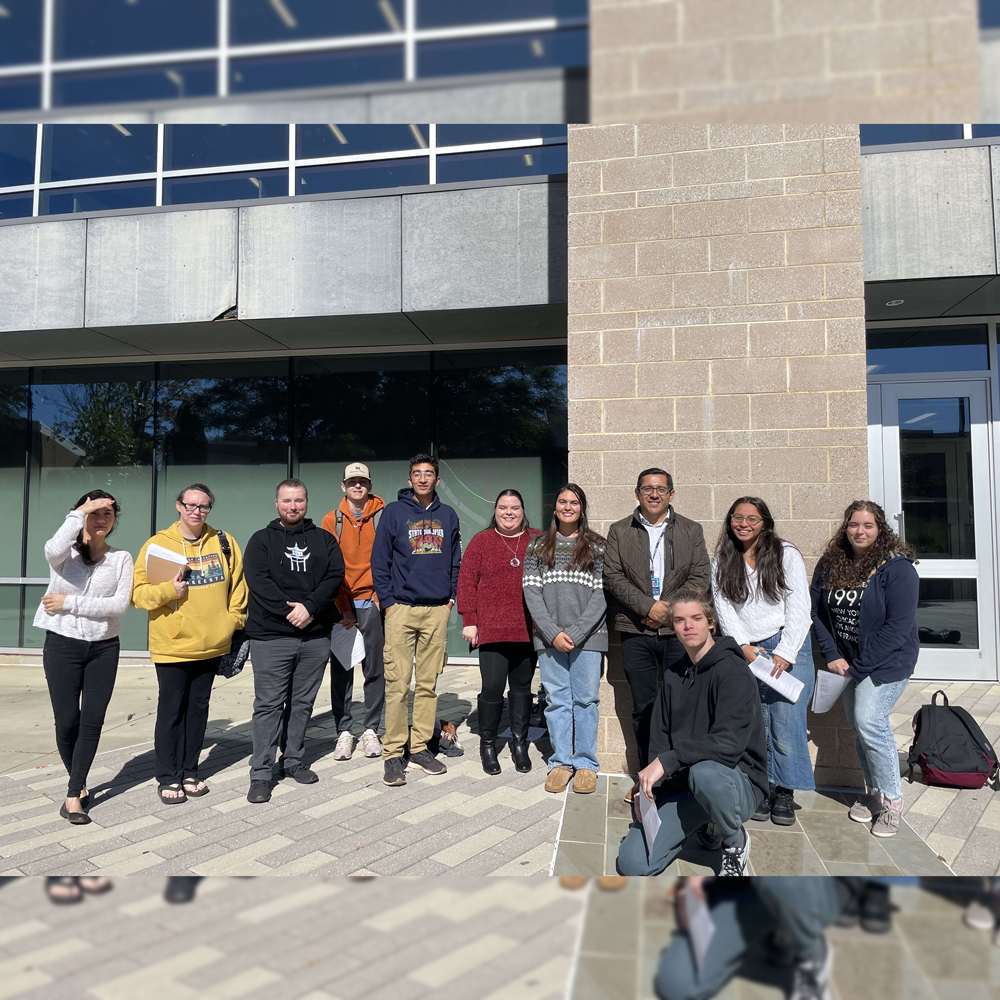
Communication is the foundation of healthy family relationships. It allows family members to express their needs, share their thoughts, and connect emotionally. Effective communication fosters understanding, trust, and respect, which is essential for maintaining strong and supportive family bonds. In an age where distractions are plentiful, and schedules are hectic, prioritizing communication within the family can significantly enhance connection and harmony.
Understanding Effective Communication
Active listening is a crucial component of effective communication. It involves fully concentrating on what the other person is saying rather than passively hearing the message. Active listening requires paying attention, avoiding interruptions, and responding thoughtfully. By practicing active listening, family members show that they value each other’s perspectives and are committed to understanding one another.
Open and Honest Expression
Expressing thoughts and feelings openly and honestly is vital for genuine communication. Family members should feel safe to share their emotions, opinions, and concerns without fear of judgment or criticism. This openness encourages transparency and builds trust, enabling deeper and more meaningful connections.
Nonverbal Communication
Nonverbal communication, such as body language, facial expressions, and tone of voice, plays a significant role in conveying and receiving messages. Being mindful of nonverbal cues helps ensure that the intended message is communicated effectively. Positive nonverbal communication, like maintaining eye contact, nodding, and smiling, reinforces verbal messages and shows engagement and Empathy.
Strategies for Fostering Communication
A safe and supportive environment is essential for fostering open communication. Family members should feel comfortable expressing themselves without fear of retribution or dismissal. Establishing ground rules for respectful communication, such as avoiding blame, using “I” statements, and practicing patience, can help achieve this. Encouraging mutual respect and understanding of culture helps create a safe space for honest dialogue.
Regular Family Meetings
Scheduling regular family meetings provides dedicated time for family members to discuss issues, share updates, and plan activities. These meetings help ensure that everyone feels heard and involved in family decisions. Setting a consistent time and place for family meetings, such as once a week during dinner, helps make them a routine part of family life.
Addressing Common Communication Challenges
Conflicts are a natural part of any relationship, including within families. Addressing conflicts constructively is crucial for maintaining communication. This involves staying calm, listening to each other’s perspectives, and finding common ground. Avoiding blame and focusing on solutions rather than problems can help resolve conflicts effectively. Seeking compromise and being willing to forgive are also essential components of conflict resolution.
Managing Technology and Distractions
Technology and other distractions can impede effective communication. Setting boundaries around technology and others, such as having tech-free family meals or designated screen-free times, can help ensure family members are fully present during conversations. Encouraging face-to-face interactions and minimizing distractions helps create an environment conducive to meaningful communication.
Bridging Generational Gaps
Generational differences can create communication barriers within families. Recognizing and respecting these differences is important for fostering understanding and connection. Older family members can share their experiences and wisdom, while younger members can offer fresh perspectives. Finding common interests and activities that bridge the generational gap can help enhance communication and strengthen family bonds.
The Role of Communication in Strengthening Family Relationships
Effective communication builds trust and respect within the family. When family members communicate openly and honestly, they trust each other and value each other’s opinions. This trust forms the basis of strong, supportive relationships. Respectful communication also reinforces the idea that everyone’s thoughts and feelings are important, promoting a culture of mutual respect.
Enhancing Emotional Connection
Communication is key to emotional connection. Sharing thoughts, feelings, and experiences helps family members understand each other on a deeper other’sRegular, meaningful conversations create a sense of closeness and intimacy, strengthening the emotional bonds within the family. Everyone’s successes, offering support during challenges, and expressing love and appreciation through words and actions contribute to a stronger emotional connection.
Promoting Collaboration and Teamwork
Effective communication promotes collaboration and teamwork within the family. When family members communicate well, they can coordinate activities, share responsibilities, and work together towards common goals. This collaborative spirit fosters a sense of unity and cooperation, making navigating family life’s complexities easier. Working together and supporting each other strengthens the family as a cohesive unit.
Practical Tips for Improving Family Communication
In the hustle and bustle of daily life, it’s important to make time for conversations. Setting aside regular, uninterrupted time for talking ensures that communication remains a priority. Whether during life’s car rides or before bedtime, finding moments to connect helps maintain open lines of communication.
Encouraging Positive Feedback
Positive feedback and affirmations can enhance family communication. Recognizing and appreciating each other’s efforts and accomplishments fosters a positive atmosphere and encourages continued open communication. Simple gestures like saying “thank you,” complimenting each other, and expressing gratitude can go a long way in building a supportive and communicative family environment.
Being Patient and Understanding
Patience and understanding are crucial for effective communication. Recognizing that others have different communication styles and being patient with each other helps create a more harmonious family dynamic. Listening and “understanding” ng, rather than rushing to respond or judge, promotes Empathy and connection.
The art of communication is essential for fostering connection and building strong family relationships. By practicing active listening, open expression, and Empathy, families can create a supportive and understanding environment where everyone feels valued and heard. Addressing communication challenges, such as conflicts and distractions, and prioritizing meaningful conversations are key strategies for enhancing family communication. Through consistent effort and a commitment to effective communication, families can strengthen their bonds, build lasting memories, and navigate life’s challenges together.